North Korea’s May 14 test of a new two-stage mobile ballistic missile achieved and possibly surpassed Pyongyang’s expectations. It also conveyed unambiguous signals of strategic intent. The test should disabuse all other powers of any lingering belief that Pyongyang is prepared to negotiate an end to its pursuit of nuclear weapons and missiles to deliver them. It also demonstrates the North’s capacity for carefully calibrating the potential risks to its security that additional testing entails, an ability that external observers seldom acknowledge.
The views from Beijing and Seoul
The latest test has also, once again, directly undermined China’s long-stated belief that it can somehow nudge Pyongyang toward a more flexible policy stance, which the Chinese calculate would require the United States to undertake parallel diplomatic steps. Beijing even extended a last-minute invitation for North Korea to participate in China’s One Belt, One Road Forum earlier this week—the showpiece endeavor of Chinese President Xi Jinping. But the early morning missile launch—only hours before the opening of the forum—constituted another act of defiance by Pyongyang and caused President Xi to lose face.
The missile test was an equal source of consternation for Moon Jae-in, the newly elected president of the Republic of Korea, who pledged during his campaign to resume economic and political engagement with the North that had been shelved under former President Park Geun-hye. The prospects for an early renewal of the Sunshine Policy or any attempt to reverse the THAAD (Terminal High Altitude Area Defense) decision are now decidedly unpropitious.
Walk the line
North Korea values the enhancement of its strategic weapons capabilities far more than any other policy goal. Washington, Seoul, and Tokyo have routinely described the pace of Pyongyang’s weapons advancements over the past year and a half as “provocations,” but this is a misnomer. They are the unmistakable hallmarks of accelerated, increasingly diversified weapons development programs. Kim Jong-un, North Korea’s impetuous young leader, has wagered that these capabilities are essential to the survival of the North Korean system. He argues that without nuclear weapons and without ultimately achieving the means to reach the United States, Washington would otherwise feel emboldened to launch a direct military attack on North Korea and overthrow Kim’s rule.
Despite periods of acute tension between the United States and the North, deterrence has been maintained on the Korean Peninsula since the armistice of 1953. For half a century, Pyongyang did not possess even a rudimentary nuclear weapons capability, yet the United States never retaliated for egregious actions by the North, including the seizure of the USS Pueblo in 1968 and the shoot-down of a US EC-121 reconnaissance aircraft over the Sea of Japan in 1969, resulting in the death of all 31 Americans on board.
[F]or all its bluster and bravado, Pyongyang is not oblivious to the risks posed by additional nuclear and missile tests.
However, for all its bluster and bravado, Pyongyang is not oblivious to the risks posed by additional nuclear and missile tests. It is keenly aware of widespread expectations in the United States that Pyongyang is nearing the test of an intercontinental ballistic missile (ICBM), and that many American officials (including President Trump) deem this prospect wholly unacceptable to vital U.S. interests. The United States has also warned North Korea not to undertake a sixth nuclear weapons test, leading to unsubstantiated claims that the United States was preparing to attack the nuclear test site to prevent such a test.
Neither of these outcomes occurred during the March-April period when the major annual U.S.-Korean military exercises were underway. Pyongyang has instead opted for actions less overtly challenging than an ICBM test—but still very worrisome. Constricted by geography and worried about how the United States might respond to a missile of greatly extended reach, it throttled up (into the atmosphere) rather than out (toward its neighbors).
Preliminary assessments by U.S. experts have confirmed many of Pyongyang’s technical claims: The missile (designated by North Korea as the Hwasong-12) travelled approximately 700 kilometers, or 430 miles, landing in waters closer to Russia than to Japan. However, David Wright of the Union of Concerned Scientists has assessed that the missile flew on a lofted trajectory, reaching an apogee of approximately 2,000 kilometers (more than 1,200 miles), corresponding closely to the North’s published claim of slightly over 2,100 kilometers. In Wright’s view, had the Hwasong-12 flown on a standard, lower-altitude trajectory, its range would have approached 4,500 km, or 2,800 miles. This would place the missile comfortably in the category of an intermediate-range ballistic missile (IRBM), generally deemed between 3,000-5,500 kilometers. However, even at maximal range, the missile approaches but cannot reach any U.S. state, though some analysts believe it comes uncomfortably close to some highly remote islands in the Aleutians. It also unquestionably puts U.S. military assets on the territory of Guam within range.
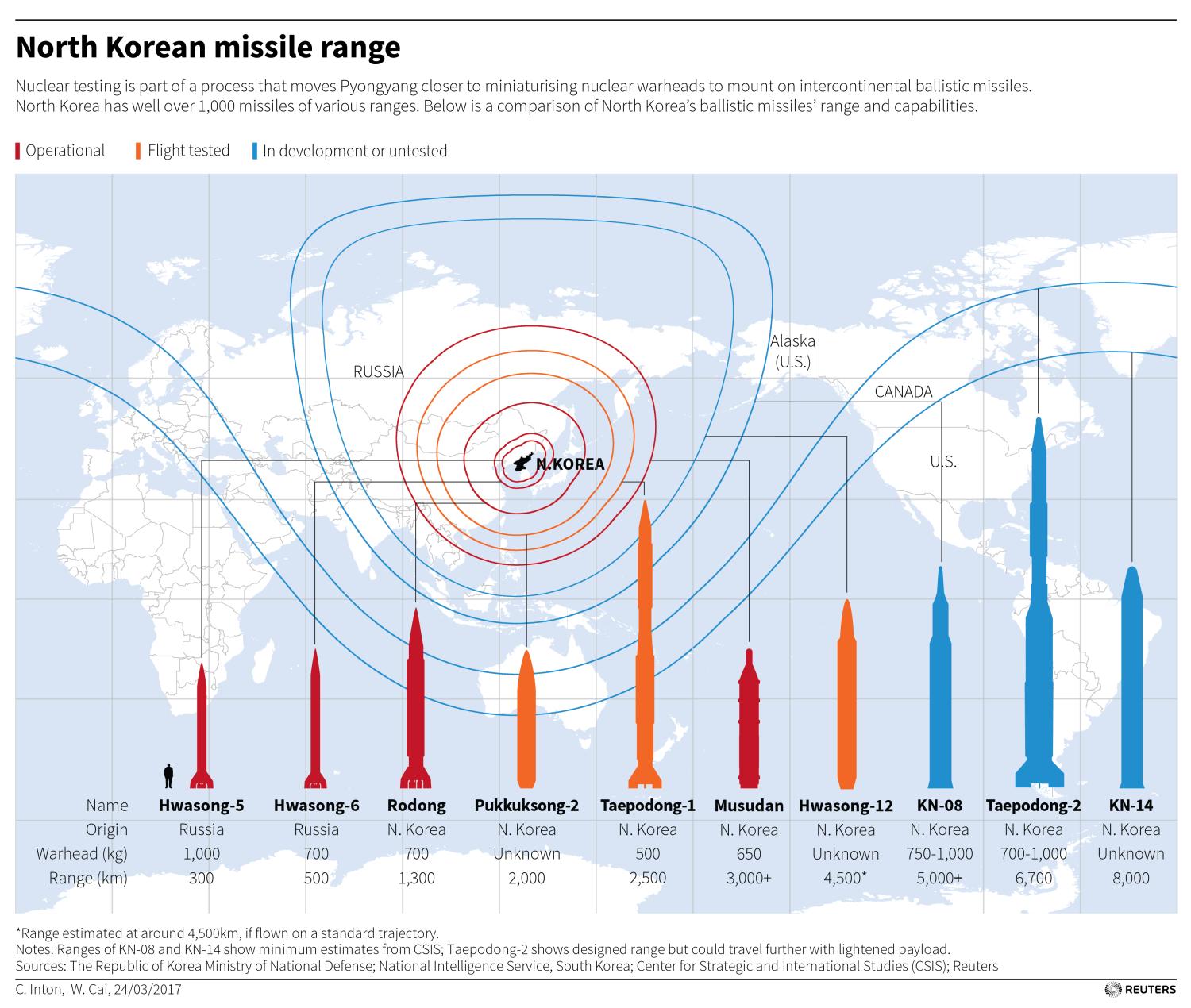
Pyongyang has made ample claims for the capabilities of the Hwasong-12, contending that it is capable of delivering what it terms “a large-size heavy nuclear warhead.” Absent an atmospheric test of a nuclear weapon from a ballistic missile—an international norm that has not been transgressed in nearly four decades—there is no definitive way for North Korea to demonstrate that it possesses such a capability. But it hopes to convince outside powers by various means (including static tests of solid fuel motors that are the presumed third stage for an actual ICBM) that the building blocks are increasingly in place, even if no test has been attempted. For added measure, a lofted trajectory launch partially simulates the extreme heat and high rate of speed that a nuclear warhead would face in reentering the atmosphere. According to South Korean officials (as reported in Joongang Daily, a leading daily newspaper in Seoul), the telemetry on the missile continued to function following reentry, suggesting an important breakthrough in reentry technology.
Projections of when North Korea might be able to test an ICBM are necessarily imprecise; some experts believe that such a test is already within the realm of possibility. But the Hwasong-12 test advances the timeline. Regardless of different estimates, would North Korea be prepared to undertake such a test in light of the attendant risks and consequences, including the possibility of catastrophic failure, or of U.S. measures to prevent such a test? For now, Pyongyang is seeking the bonus without the onus, launching a missile that appreciably advances its capabilities, but without provoking severe reactions from the United States. It threatens additional tests to refine these capabilities, but without clarifying the timeless query of Alain Enthoven: How much is enough? Is there a level of capability that the United States and others are not prepared to tolerate, and at what levels of risk? All these questions remain unanswered.
For now, Pyongyang is seeking the bonus without the onus, launching a missile that appreciably advances its capabilities, but without provoking severe reactions from the United States.
In several recent tests (including this week’s) North Korea artfully invented a new category of missile system: a “medium long-range strategic ballistic rocket” (that is, more than an IRBM but less than an ICBM). A maximal range test would have taken the Hwasong-12 directly over Japanese territory and beyond, running the risk of being intercepted in flight, or in some circumstances, triggering major retaliatory measures. By claiming that the that the “maximum high-angle launch scheme [was] in consideration of safety of neighboring countries,” Pyongyang sought to deny the possibility of adverse responses by either the United States or Japan.
However, North Korea has now tested a long-range missile, but not one able to reach Alaska, Hawaii, or the west coast of the United States, even as it claims that “the U.S. mainland [is] within the range of our strikes.” In his New Year’s Day speech, Kim Jong-un declared that North Korea was in the “final preparations” for an ICBM test. Paraphrasing Kim’s reported remarks at the missile test site, North Korea’s lead party newspaper claims that it is now “a full-fledged nuclear state, regardless of whether someone would recognize it or not.”
But exaggerated claims of strategic reach across the Pacific (quite possibly, for purposes of domestic legitimation) remain unproven. The questions confronting Pyongyang are how prepared it might to push the envelope, and the costs and risks it is prepared to tolerate. But equally vexing and worrisome questions confront the United States and other involved powers. All states in the region and beyond must contemplate the ominous possibilities of East Asia’s most severe crisis since the Korean War, and of what steps can be taken to prevent it.
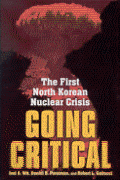
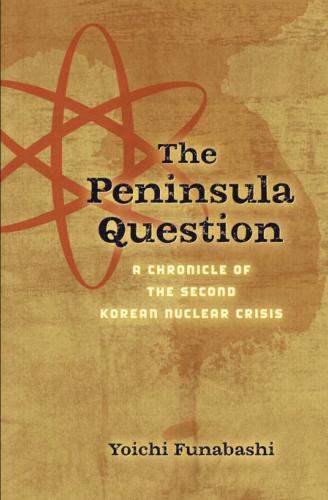

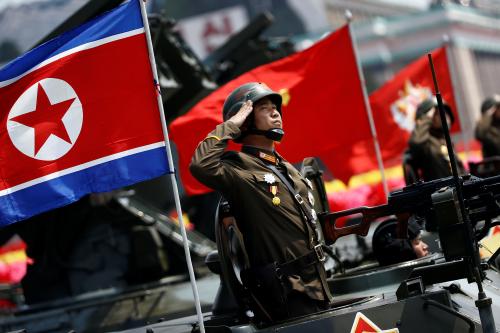

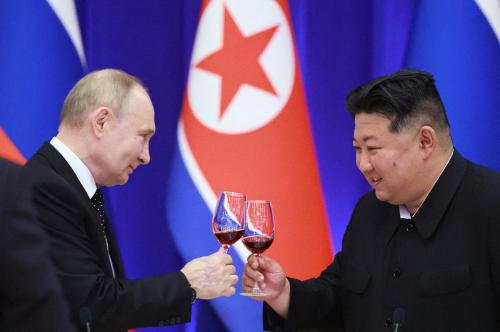

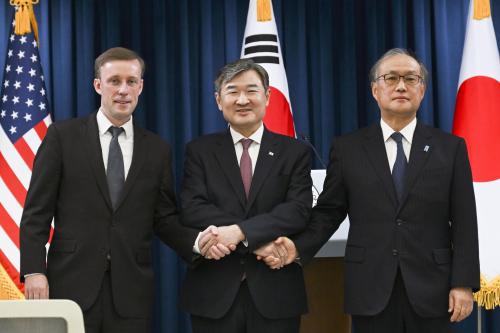
Commentary
Danger zone: Why North Korea’s latest missile test is more worrying than any to date
May 17, 2017